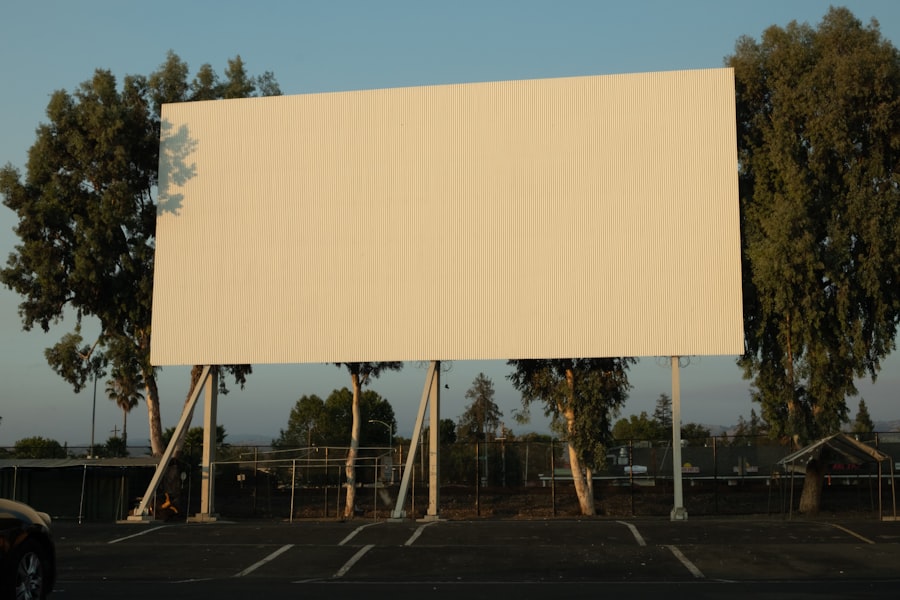Akira Takarada is a name that resonates deeply within the realm of Japanese cinema, particularly for fans of the iconic Godzilla franchise. Born on April 29, 1934, in Osaka, Japan, Takarada’s journey into the world of film began in the early 1950s. His charisma and talent quickly caught the attention of filmmakers, leading him to become one of the most recognizable faces in kaiju cinema.
Takarada’s contributions extend beyond mere acting; he embodies the spirit of an era that shaped the landscape of monster movies and Japanese pop culture. Throughout his career, Takarada has portrayed a variety of characters, but it is his role in the Godzilla series that has cemented his legacy. His performances have not only entertained audiences but have also provided a human connection to the larger-than-life monsters that dominate the screen.
As you delve into his filmography, you will discover how Takarada’s work has influenced generations of filmmakers and fans alike, making him a pivotal figure in the history of Japanese cinema.
Key Takeaways
- Akira Takarada is a Japanese actor known for his roles in the Godzilla film series.
- The Original Godzilla (1954) marked Takarada’s debut in the franchise and established him as a prominent figure in the series.
- Takarada’s role in Mothra vs. Godzilla (1964) further solidified his status as a key actor in the Godzilla films.
- Invasion of Astro-Monster (1965) showcased Takarada’s versatility as an actor in the science fiction genre.
- Godzilla vs. Mothra (1992) and Godzilla: Final Wars (2004) featured Takarada in significant roles, highlighting his enduring impact on the franchise.
The Original Godzilla (1954)
The Debut of Akira Takarada
Akira Takarada made his debut in this film as Hideto Ogata, a role that would define his career and establish him as a key player in the Godzilla franchise. His character is a young, determined man who finds himself caught in the chaos unleashed by the monstrous Godzilla, representing humanity’s struggle against overwhelming odds.
A Poignant and Powerful Performance
Takarada’s performance in the original Godzilla is both poignant and powerful. He brings a sense of vulnerability to Ogata, allowing viewers to connect with his character on an emotional level. As Godzilla wreaks havoc on Tokyo, Ogata’s determination to protect his loved ones and find a solution to the crisis resonates deeply with audiences.
A Lasting Legacy
This film not only showcased Takarada’s acting prowess but also set the stage for future installments in the franchise, where he would continue to explore themes of humanity’s relationship with nature and technology.
In 1964, Akira Takarada reprised his role as Hideto Ogata in “Mothra vs. Godzilla,” a film that further expanded the Godzilla universe. This sequel introduced Mothra, a giant moth deity, who becomes an unexpected ally in the battle against Godzilla.
Takarada’s return to the franchise allowed him to deepen his character’s development while navigating new dynamics with other iconic monsters. The film explores themes of cooperation and coexistence, as humanity learns to work alongside these colossal beings rather than merely viewing them as threats. Takarada’s chemistry with co-stars and his ability to convey a range of emotions added depth to the narrative.
His character evolves from a mere survivor to a proactive participant in the fight against Godzilla, showcasing his growth and resilience. The film’s success not only solidified Takarada’s status as a beloved actor but also demonstrated the potential for monster movies to convey meaningful messages about environmentalism and humanity’s responsibility toward nature.
Invasion of Astro-Monster (1965)

“Invasion of Astro-Monster,” released in 1965, marked another milestone in Akira Takarada’s career as he took on a new role in a more science fiction-oriented narrative. This film introduced audiences to an intergalactic conflict involving Godzilla and King Ghidorah, showcasing Takarada’s versatility as an actor. He played astronaut Fujiwara, who embarks on a mission to save Earth from alien invaders while navigating the complexities of human relationships and loyalty.
Takarada’s performance shines as he balances action with moments of introspection. His character’s bravery and determination are palpable as he confronts not only monstrous foes but also the ethical dilemmas posed by alien life forms. The film’s blend of science fiction and kaiju elements allowed Takarada to explore new dimensions of storytelling while remaining true to the franchise’s roots.
This installment further solidified his reputation as a key figure in the Godzilla series and showcased his ability to adapt to evolving cinematic trends.
Fast forward to 1992, when Akira Takarada returned to the franchise in “Godzilla vs. Mothra.” This film marked a significant revival of interest in kaiju films during the early ’90s and brought Takarada back into the spotlight after years away from the series. In this installment, he portrayed a new character named Professor Hayashida, who plays a crucial role in understanding the conflict between Godzilla and Mothra.
Takarada’s return was met with enthusiasm from fans who had grown up watching him in earlier films. His portrayal of Professor Hayashida added depth to the narrative, as he navigated complex scientific concepts while maintaining a sense of humanity amidst chaos. The film explored themes of environmentalism and the consequences of human actions on nature, aligning perfectly with Takarada’s long-standing connection to these messages throughout his career.
Godzilla: Final Wars (2004)
| Category | Metric |
|---|---|
| Release Date | December 4, 2004 |
| Director | Ryuhei Kitamura |
| Box Office | 12.8 million |
| Runtime | 125 minutes |
| IMDb Rating | 6.5/10 |
In 2004, Akira Takarada made a triumphant return to the Godzilla franchise with “Godzilla: Final Wars.” This film served as a celebration of the series’ legacy, bringing together various monsters from its storied history. Takarada reprised his role as Ogata, now an older and wiser character who reflects on his past experiences with Godzilla. His presence in this film is not just nostalgic; it symbolizes continuity within a franchise that has evolved over decades.
Takarada’s performance in “Final Wars” is both reflective and dynamic. He embodies the wisdom gained from years of battling monsters while still showcasing his trademark charisma. The film itself is a frenetic celebration of kaiju culture, filled with action-packed sequences and nods to previous films.
Takarada’s involvement adds an emotional layer to the narrative, reminding audiences of the enduring impact of his earlier roles while also embracing the franchise’s future.
Legacy of Akira Takarada in Godzilla Films
Akira Takarada’s legacy within the Godzilla films is profound and multifaceted. He is not merely an actor; he is a symbol of resilience and humanity amidst chaos. His characters often serve as conduits for exploring deeper themes such as environmentalism, human connection, and the consequences of technological advancement.
Through his performances, Takarada has helped shape how audiences perceive not only Godzilla but also the broader implications of humanity’s relationship with nature. Moreover, Takarada’s influence extends beyond his on-screen roles. He has become an ambassador for kaiju culture, participating in conventions and events that celebrate the genre.
His insights into filmmaking and storytelling have inspired countless aspiring actors and filmmakers who look up to him as a pioneer in Japanese cinema. As you reflect on his contributions, it becomes clear that Akira Takarada is not just part of Godzilla’s history; he is an integral part of its ongoing legacy.
Conclusion and Impact of Akira Takarada’s Career

In conclusion, Akira Takarada’s career is a testament to the enduring power of storytelling through cinema. From his early days in “Godzilla” to his later roles in “Final Wars,” he has consistently brought depth and humanity to characters that resonate with audiences worldwide. His ability to navigate complex themes while maintaining an engaging presence on screen has solidified his status as a beloved figure in Japanese pop culture.
As you consider Takarada’s impact on both the Godzilla franchise and cinema at large, it becomes evident that his contributions extend far beyond acting. He has played a vital role in shaping narratives that challenge viewers to reflect on their relationship with nature and technology. Akira Takarada’s legacy will undoubtedly continue to inspire future generations, ensuring that his influence remains felt long after the credits roll on any kaiju film.
